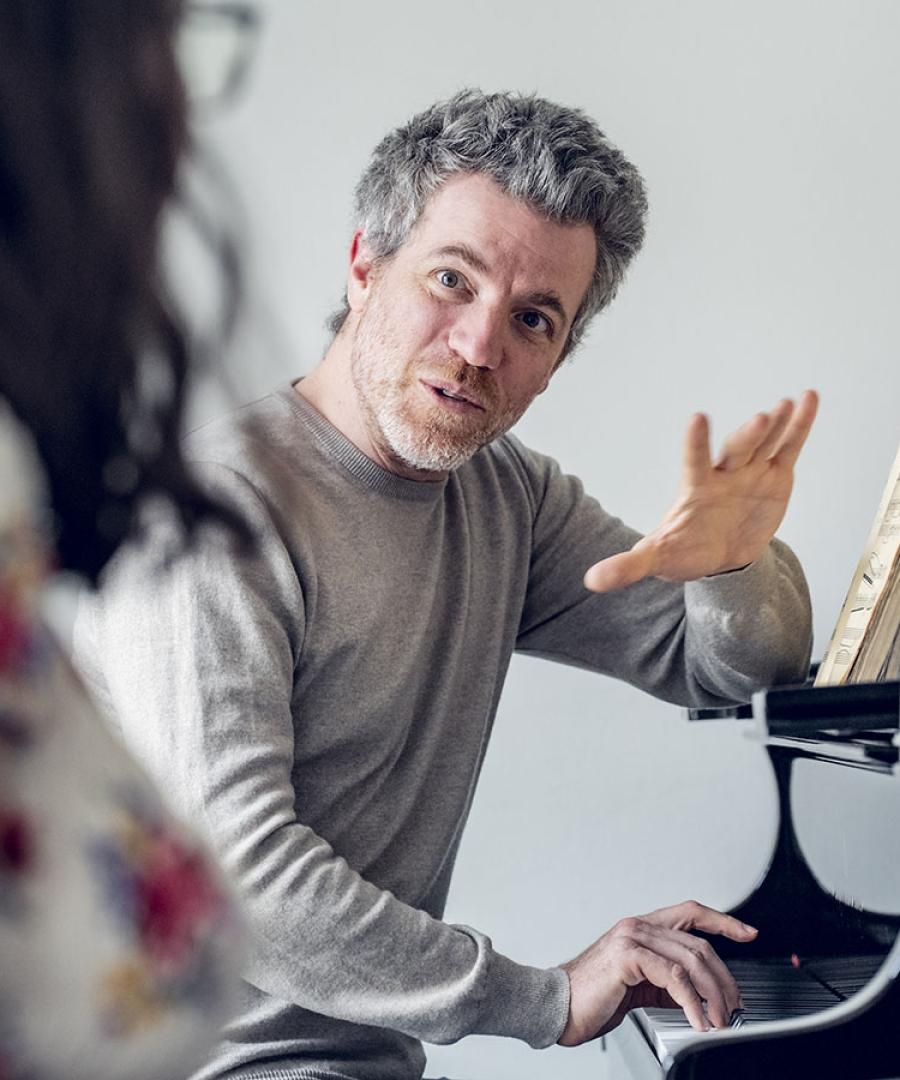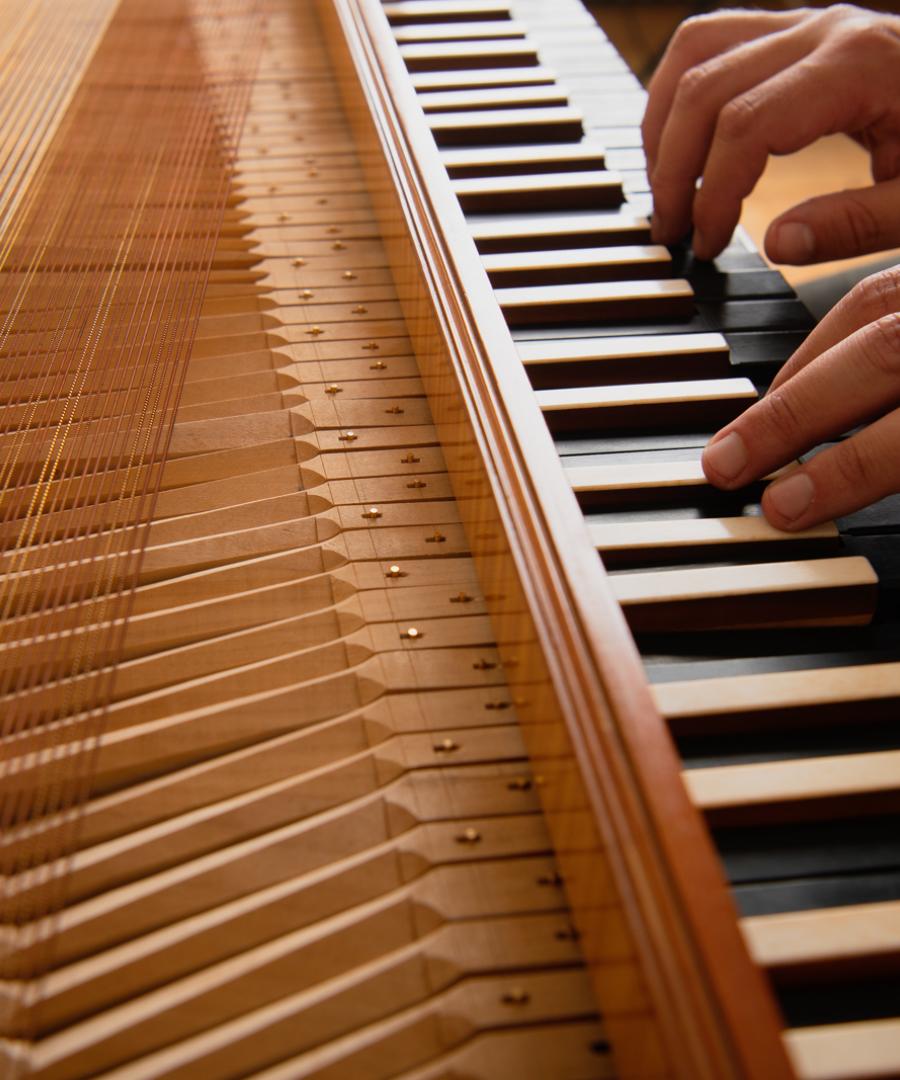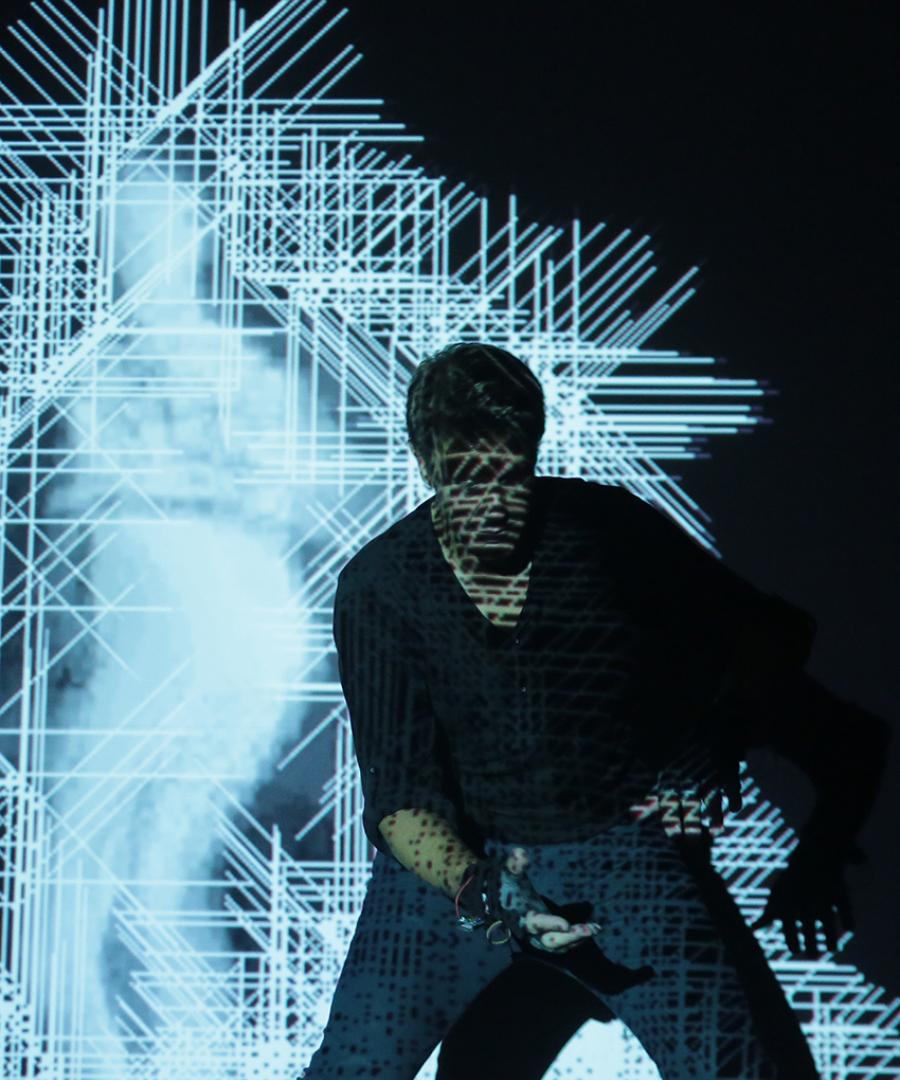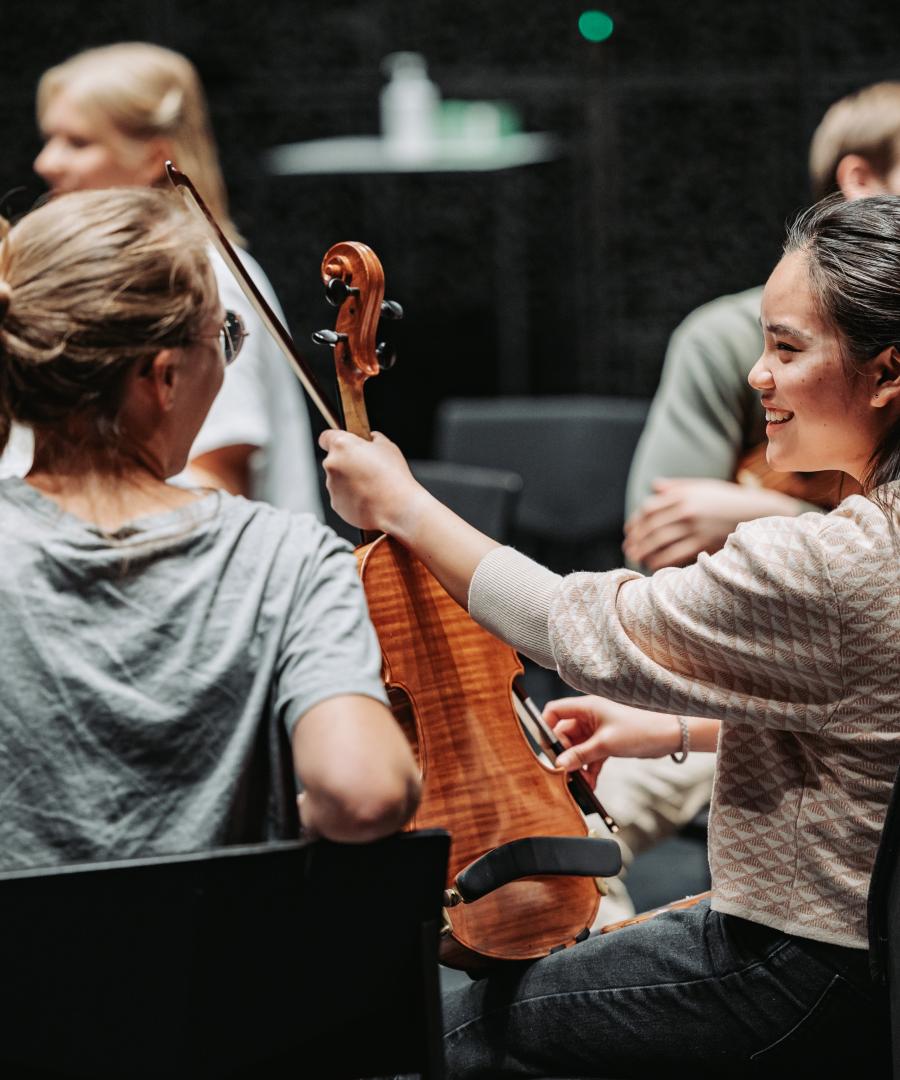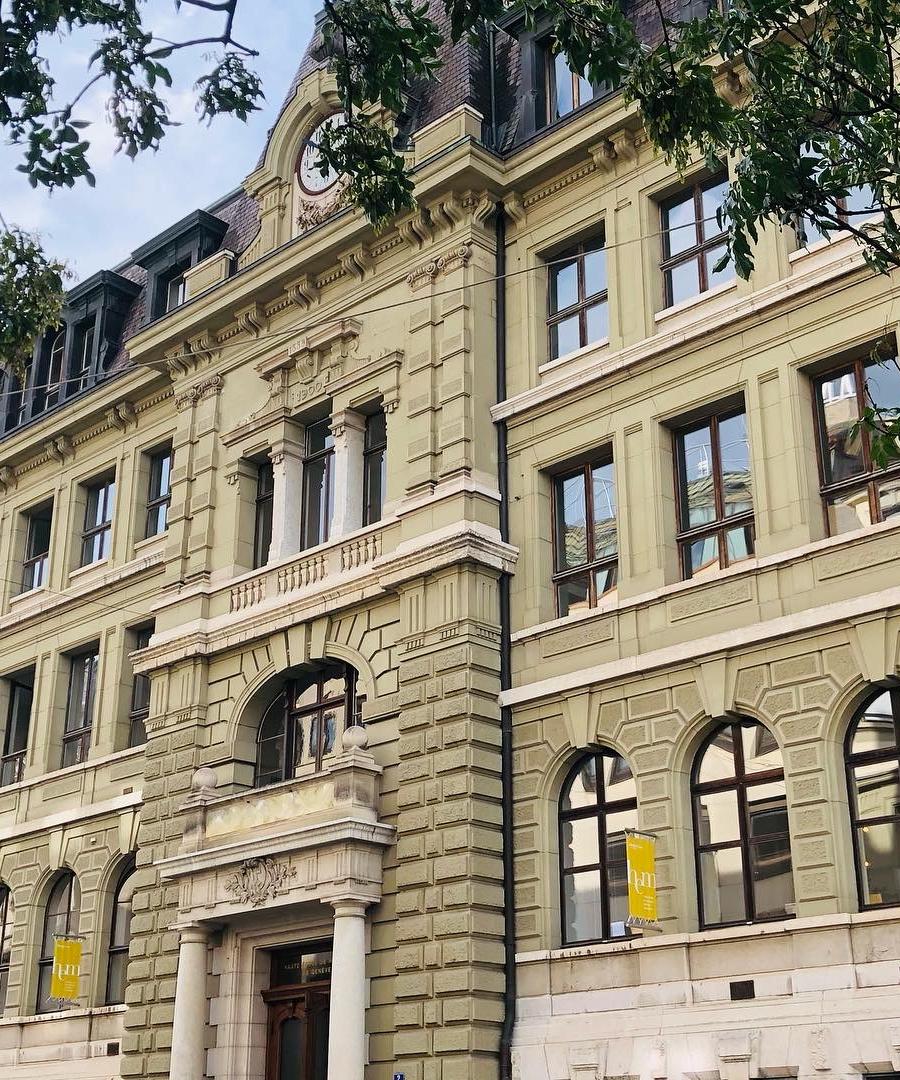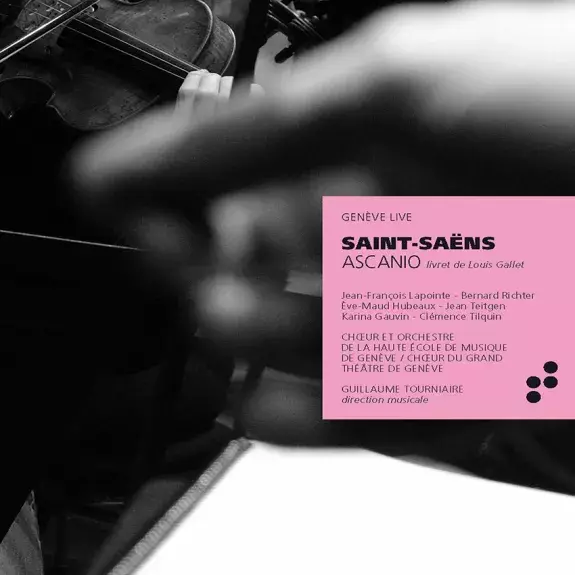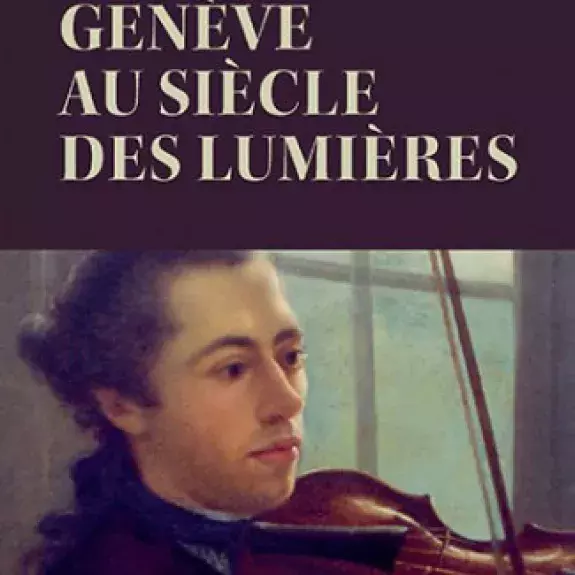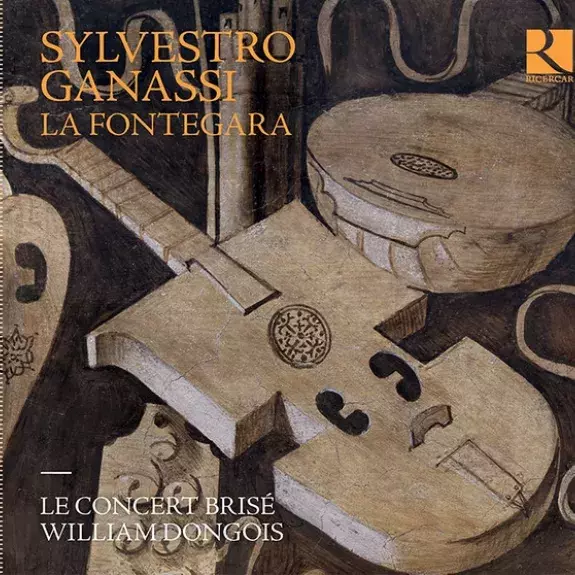- Studies
- Disciplines
- Research
- Events
- The school
Alla Virtù della Sig. Maria Pignatelli
Auteur(s)
- Juliette de Banes Gardonne
- Bruno Cocset
- Paolo Corsi
Résumé
For this disc, we sought to preserve the identity of the manuscript, particularly the predominance of Neapolitan music. It is for this reason that there are three cantatas by G. Porsile, each of which has a special musical or literary feature: the evoking of a tarantella in Ch’io t’adori oh mia Clori; a “French-style” instrumental introduction in Necessità di Fato, and a reference to the myth of Ariadne in Arianna infelice. In response to the suffering of Ariadne and to her vow of fidelity, which concludes the cantata by Porsile, we isolated the air from a cantata by F. Mancini entitled Non voglio più catene, voglio la libertà (I want no more chains, I want freedom). Also by Mancini, Va sospirando il core is one of the cantatas that one finds in many different archives. The fact that they are so frequently found attests to the fame certain airs enjoyed at the time. A. Scarlatti naturally makes an appearance in this Neapolitan part of the disc with the cantata Lontananza non risana, recorded with a tenor viola. The final air, taken from the cantata Se ti lascio amato bene for cello and voice, features in the manuscript under the name of the composer “Di Fiorenza”. It was in fact wrongly attributed to him, though, and was written by Alessandro Scarlatti - we were able to shed light on this through our research. All the Neapolitan cantatas were recorded on a harpsichord made by Augusto Bonza (1984) in the style of Guarracino (a 17th-century harpsichord manufacturer from Naples).
Two other cantatas in the manuscript caught our attention: one was Poiché più dell’amore by the Milanese composer Carlo Antonio Monza Poiché, whose vocal music remains scarcely known. Though he came from Lombardy, Monza’s musical output can be traced to the period from 1709 to 1724, in cities in central and southern Italy. The other is the cantata E che più far poss’io by Francesco Gasparini, one of the most important Italian opera composers of the first three decades of the 18th century. They were recorded on the historical harpsichord of Paolo Corsi, built by Elpidio Gregori (from central Italy) in around 1760.
